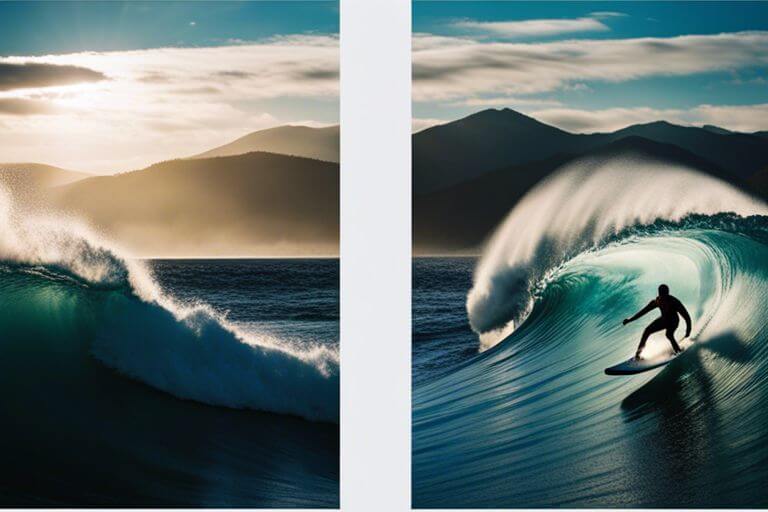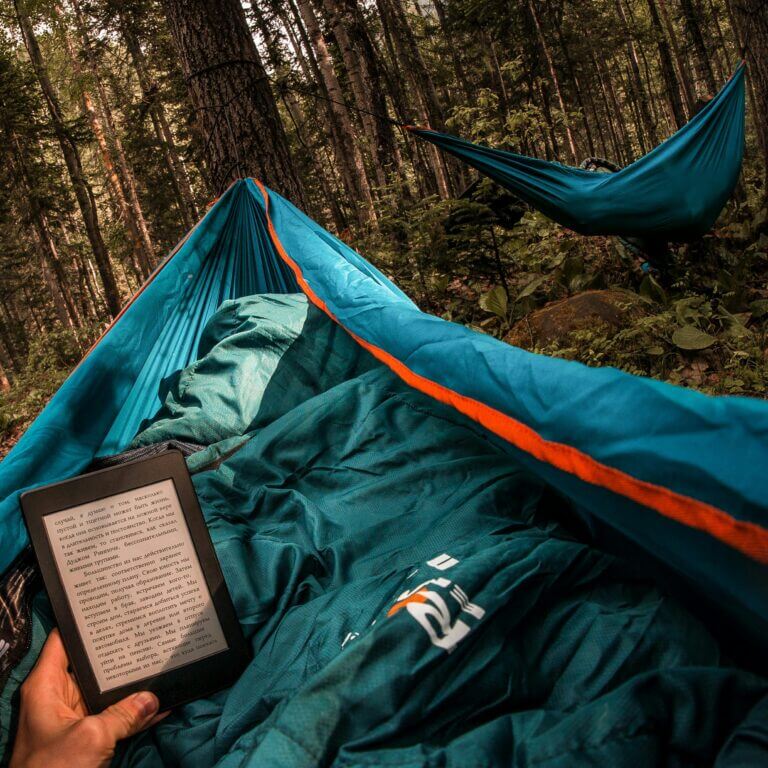Quick and Effective At-Home Workouts for Busy People
Maintaining a fitness routine can be challenging with a busy schedule. However, short and effective at-home workouts can fit seamlessly into even the most hectic days. Here’s a guide to workouts that deliver maximum results in minimal time, allowing you to stay active without spending hours at the gym. 1. High-Intensity Interval Training (HIIT) HIIT…






